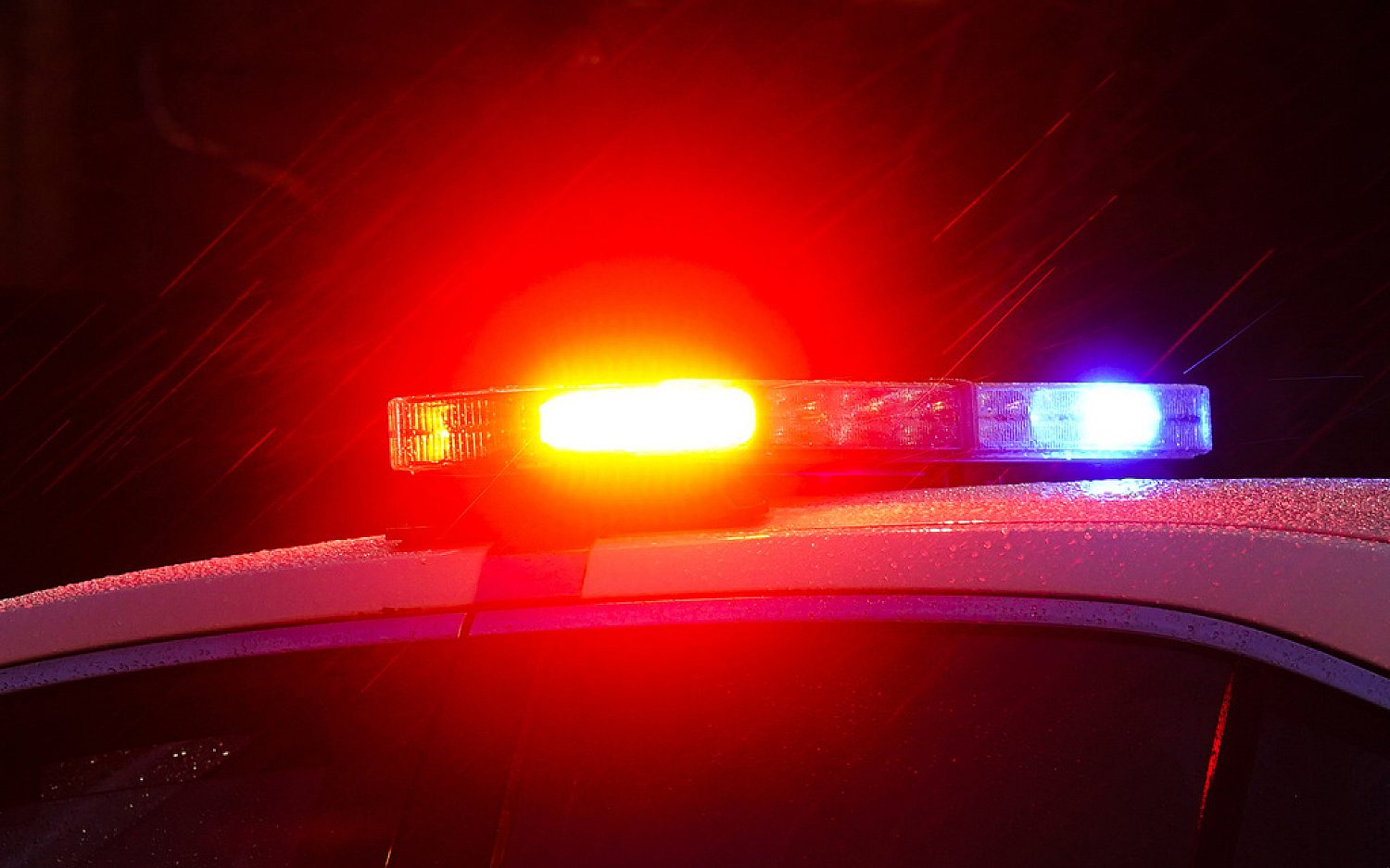Safety officials hear testimony on Potomac mid-air collision
The National Transportation Safety Board heard witness testimony of malfunctioning equipment on U.S. Army Black Hawk helicopters in a hearing Thursday. Officials this week are conducting three days of hearings about the fatal mid-air collision near the Ronald Reagan Washington National Airport in late January. Nearly 70 people died when a commercial jetliner and an Army Black Hawk helicopter collided over the Potomac River. Initial investigative findings showed that the Black Hawk helicopter was flying above the 200-foot maximum altitude and that a key safety feature on the helicopter was not working at the time of the crash.
What new information came out about the crash? Testimony suggested that the Black Hawk crew believed they were flying lower than they were in reality. NTSB records showed the Army crew used barometric altimeters to determine their altitude, rather than more common radio altimeters, and consistently called out elevations that were 100 feet lower than their actual altitude. Investigators tested three other Black Hawk helicopters and found the same discrepancy. NTSB investigators also released data showing that an air traffic tracking feature on the Black Hawk helicopter, referred to as an ADS-B, was not working. The safety feature was installed on all eight of the 12th Aviation Battalion’s helicopters, but none were working.
Cockpit recordings suggested that the Army crew struggled to hear communications from air traffic controllers. Seconds before the collision, controllers asked the crew if they could see the incoming jet. The Army crew said they could see it and would avoid it. A former Black Hawk pilot who previously flew the same route reviewed the radio transcripts and testified that the crew likely mistook another jet in the distance for the one referenced by air traffic controllers to avoid. Cockpit recordings also did not indicate that the Army crew saw the jet approaching from the left when the Army crew also began moving left.
Witnesses described air traffic controllers on duty at the time as being stretched thin and overworked. A controller on duty at the time said he expected the helicopter to avoid the airliner and described feeling overwhelmed minutes before the crash.
NTSB Chairwoman Jennifer Homendy began proceedings with an apology to families of the 67 victims of the crash, which included two pilots, two flight attendants, 60 passengers, and three helicopter crew members. Officials are fighting even harder for safety because of the people lost in the crash, she said.
Safety officials are not expected to release a final report on what caused the crash with additional safety suggestions until next year.
Dig deeper: Read my previous report about Sen. Ted Cruz emphasizing the need for air traffic upgrades, with control towers still functioning on floppy disks and scrap paper notes.
An actual newsletter worth subscribing to instead of just a collection of links. —Adam
Sign up to receive The Sift email newsletter each weekday morning for the latest headlines from WORLD’s breaking news team.




Please wait while we load the latest comments...
Comments
Please register, subscribe, or log in to comment on this article.